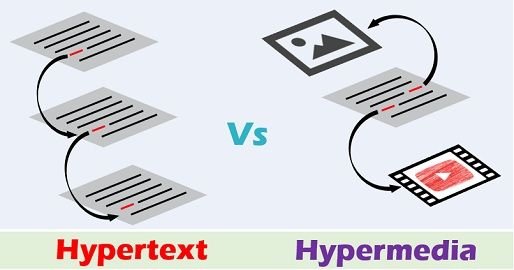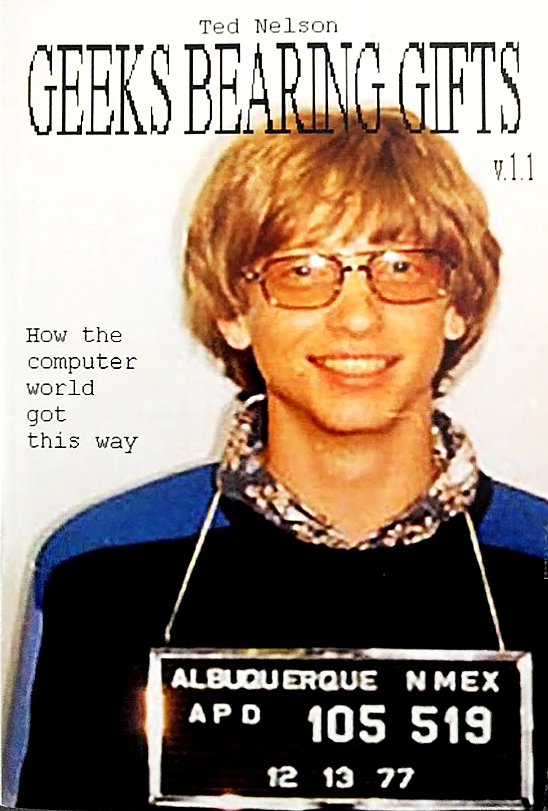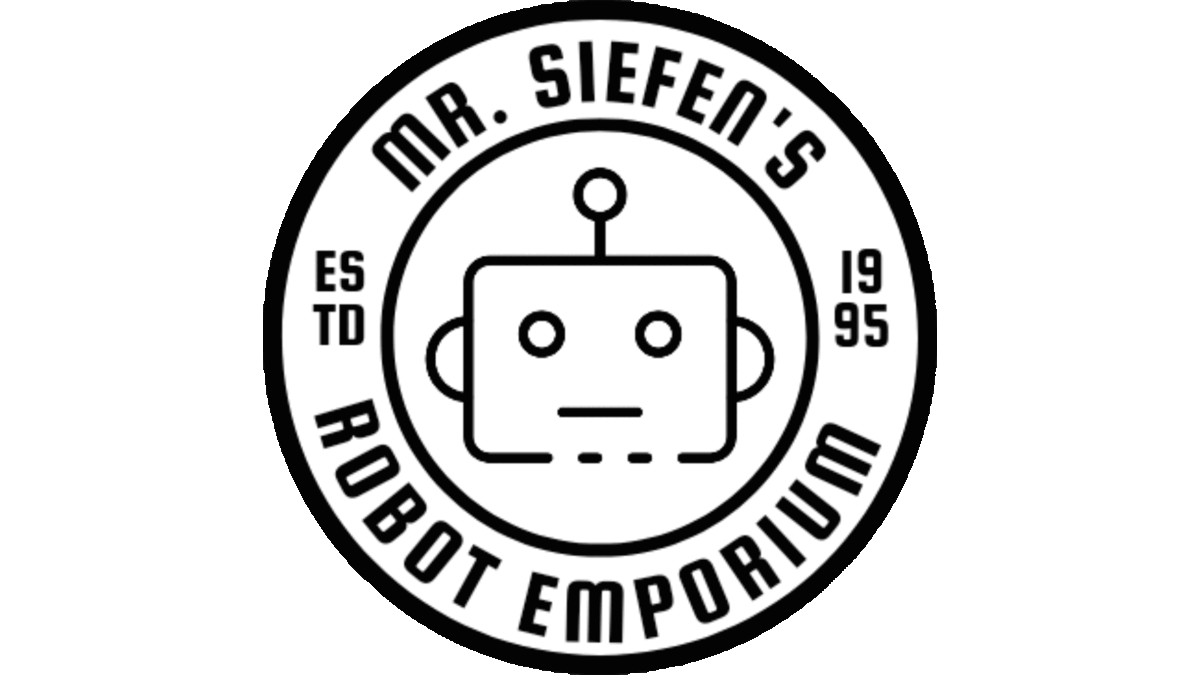Theodor (Ted) Holm Nelson PhD

D.O.B. June 17, 1937
D.O.D. Alive!
Ted's YouTube Channel: link
Wikipedia: link
Ted's Hyperland Website: link
Why is Ted Nelson an Inspiration?
"Fighting for parallel pages, visibly connected."
Original visionary of world wide hypertext, in 1960, designer of the Xanadu storage system and many more technological firsts belong to Ted. He is a pioneer in IT, a philosopher and sociologist, self publisher and more. His parents were Director Ralph Nelson and Actress Celeste Holm, but he was raised by his Grandparents. He's also an Alma mater of 4 universities.
Throughout his time in college he engaged in many creative projects such as a musical and he was also a photographer and filmmaker. While in college he also created an experimental student film called "The Epiphany of Slocum Furlow". He posted it eventually to his YouTube channel and i've embedded that below... Hopefully the link will never break. (You'll get that joke later I promise).
Ted Nelson's main innovation was the founding of Project Xanadu. Taking the name from the poem Kubla Kahn published in 1816, Xanadu is a metaphor for opulence or an idyllic place. He called it a "magic place of literary memory" which seems fitting for a vision of an alternative World Wide Web.
Find out more in the video below
Ted Nelson and Media
Media refers to communication outlets or tools used to store and deliver information. Ted Nelson was involved on both sides of that definition in the world of media. In 1965 he published a paper using the term Hypermedia for the first time. If you are unfamiliar with a source of hypermedia you're viewing one right now.

But wait, aren't webpages HTML documents? An doesn't HTML stand for HyperText Markup Language? Yes and yes, but hypertext is only text and linking text together. The original Bulletin Board Systems and Relay Chats that made up the original internet were collections of text after text. That was hypertext, meaning it can link from one source to another and jump around in any order as needed.
Hypermedia is the natural extension of adding sound, pictures, video, simulations, etc in addition to hypertext. Multimedia is also sound, pictures, video, simulations, but without the linking structure from media source to media source. A good example of Hypermedia is shown in Douglas Adams' 1990 Hyperland video. While webpages do fit hypertext and hypermedia it's not what Ted had envisioned at all...
His original vision was outlined in detail in his book "Literary Machines" as early as 1983. I think however his 1965 paper for Vassar College gives us some of his early thoughts about PC data storage in general. Below is an embedded instance of the PDF. If you are unable to view the PDF you can download it from the link that shows up instead.
Ted Nelson and Xanadu
When he outlined the "Xanalogical Storage Method" it laid out some really forward thinking practices that the WWW ignored or couldn't implement in a reasonable fashion. A few of those ideas are "Tumblers" that act like addressing bits with the added benefit of helping retain ownership of digital media for the original content creator. "Transclusion" or a method of including outside work into your own. How would authors of that content be paid for their work? Micropayments! Even back in 1983 Ted Nelson saw the need to help authors get paid for their work at a micro scale per transaction.
Tracking down the individual chapters of "Literary Machines" is not hard and it's definetly worth a read. Chapter 2 explains the ideas and philosophy behind the system, while chapter 3 is more focused on how its technically implemented. However, I feel like Ted's explanations in his YouTube series Xanadu basics also does a good job. Below is an embedded instance of that oral explanation.
Xanadu Basics Playlist
Douglas R. Dechow and Daniele C. Struppa both worked on a fantastic OPEN e-book that speaks in detail about Ted and his work. Chapter 4 is a brief Peer History about the Xanadu Project from a contemporary peer. Ken Knowlton, who used to work for Bell Laboratories, gives us some unique insight as someone else trying to tackle the early computing problems in the industry. Ken was friends with Ted for many years at the time of the writing and that's a unique viewpoint worth reading for yourself!
Ted Nelson and Computer History
Ted Nelson has bumped elbows with many industry legends and greats. Douglas Englebart, was a long time friend who invented the computer mouse, interactive computing and more. Ted gave a eulogy for Douglas in 2013 that shows a glimpse of how close they were. They were both innovators and pioneers who could see what everyone else was missing.
While being in the industry, helping shape it and knowing the movers and shakers, he also cataloged it. Ted Nelson's Junk Mail Cartons are a treasure trove of technology brochures. The Internet Archive has been hand scanning every piece of junk mail that Ted collected in cartons over the course of the 20th century. IBM catalogs, start up brochures, technical manuals, registration cards, flyers and more are all there in loving detail.
In 2008 he wrote a book titled "Geeks Bearing Gifts: How the Computer World Got this Way". It encompasses topics like the rivalry and battle between Jobs and Gates, the creation of Google and more. It's very technical, but if you're on this blog that shouldn't be a reason to avoid it. Everything is technical here!

My Favorite Ted Nelson Videos
Below is a collection of some of my favorite interviews and other videos with Ted Nelson.









